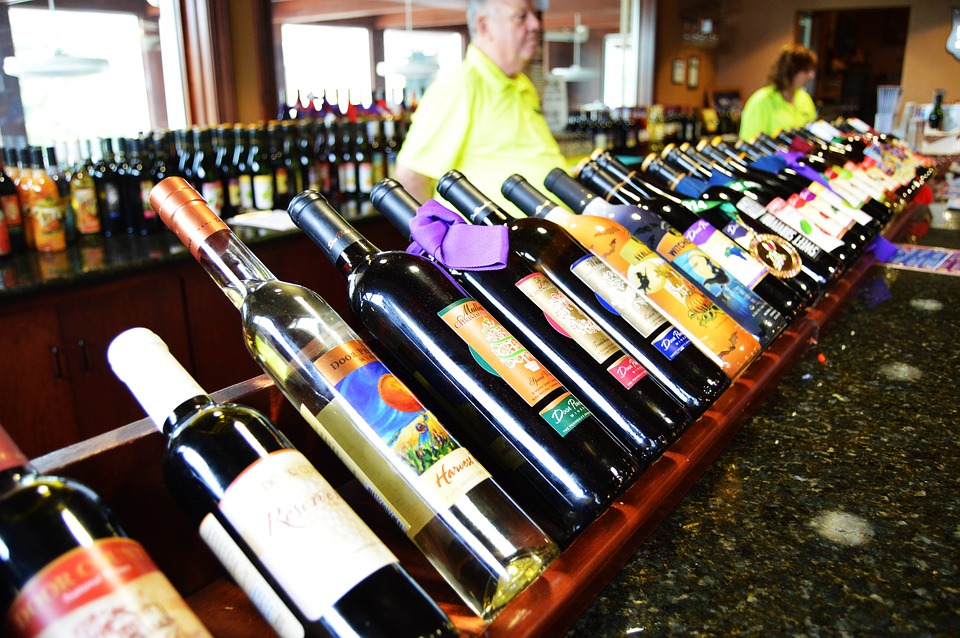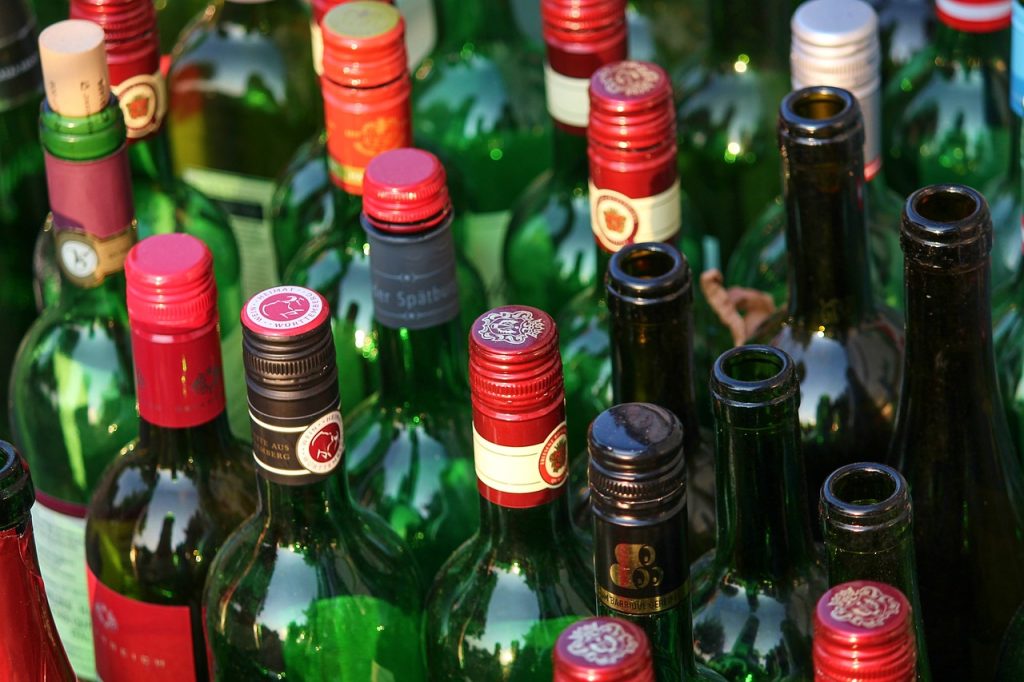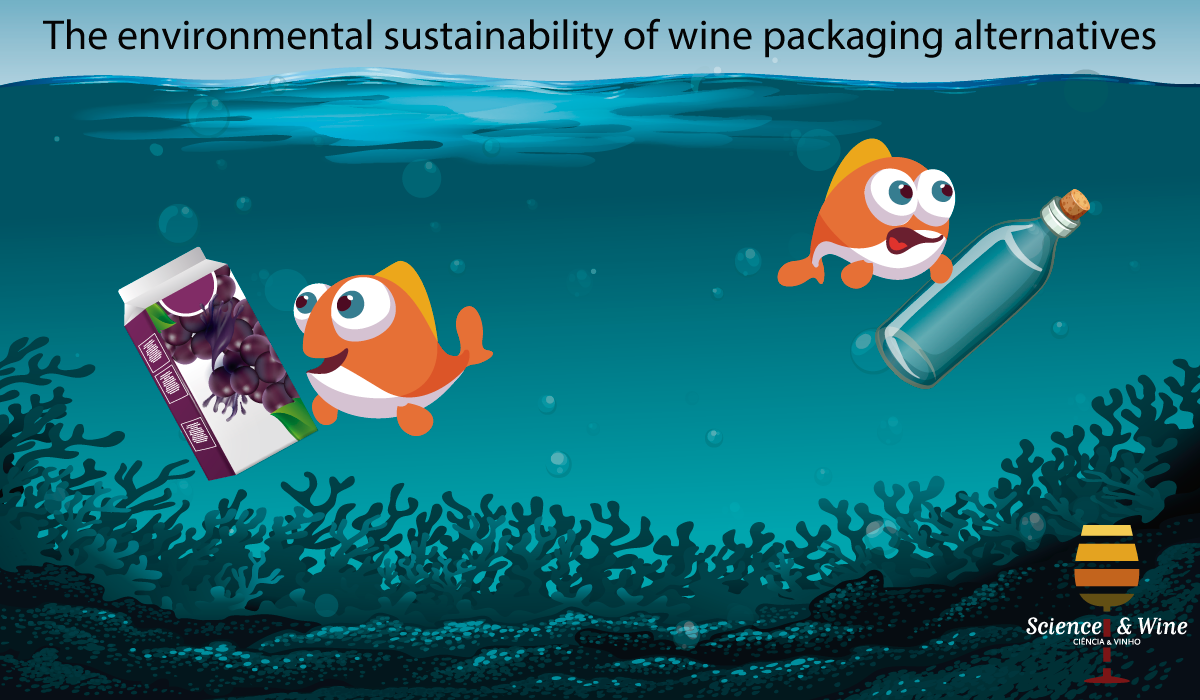By Carmen Ferrara and Giovanni De Feo
Due to the great concern about plastic marine pollution, the demand for glass packaging has significantly increased since many people consider it more sustainable than plastic or multilayer packaging. However, evaluating the environmental impacts that occur in all life cycle phases (production, distribution, use and end-of-life), glass is often the worst packaging alternative. Life Cycle Assessment (LCA) is a methodology that allows evaluation of the environmental performances of a product considering the whole life cycle or a part of it. Focusing on the wine packaging in Italy, five alternative systems were compared using LCA: aseptic carton, bag-in-box, single-use glass bottle, refillable glass bottle and multilayer PET bottle). The study considered the importance of secondary and tertiary packaging as well as the efficiency of wine distribution (in terms of palletizing efficiency) in function of the different packaging systems.

The Functional Unit (FU) of the study, i.e. a measure of the function of the studied system, was defined as the packaging required for the bottling and distribution of 3 litres of wine considering the most common sizes in Italy of primary packaging: 3 packages of 1 litre for aseptic carton; 1 package of 3 liters for bag-in-box and 4 bottles of 0.75 liters for glass and PET. All the life cycle phases of the wine packaging systems were included in the system boundaries (except the wine bottling phase excluded due to lack of reliable data): production, distribution and end of life.
Primary data about wine packaging systems (weight, size and composition of all components of primary, secondary and tertiary packaging), mode of transport and distribution and disposal scenarios of each packaging system component were provided by the packaging companies, Italian wineries and Italian Packaging Consortia as well as obtained from published literature and technical documents.
Life cycle impacts of the wine packaging systems considered were assessed with the ReCiPe 2016 H evaluation method, adopting both midpoint and endpoint approaches.
The results highlighted that the bag-in-box is the preferable alternative, followed by the aseptic cartons that had only slightly worse environmental performances. Compared to single use glass bottles, the impacts of bag-in-box were from 60% to 90% lower. The greater sustainability of bag-in-box and aseptic cartons is due to the lower packaging weight relative incidence and the greater palletizing efficiency, which means less secondary and tertiary packaging to be produced and transported. The refillable glass bottles, although allowed an impact reduction compared to the single use glass bottle, turned out to be a worse packaging alternative than bag-in-box and aseptic cartons. This occurs because of the high environmental burdens of wine distribution phase and secondary-tertiary packaging production phase that were the same for refillable glass bottles and single use glass bottles. Therefore, this study highlighted the importance of considering the wine packaging as a system, i.e. including also the production and use of secondary and tertiary packaging. These aspects can greatly affect the results and should always be included in the system boundaries of this type of studies. Nevertheless, the variation of the wine distribution distance highlighted that passing from a wine market on a national scale to a local scale market (considering a distance of 100 km), the environmental performances of refillable glass bottles (in terms of Global Warming Potential) become comparable to those of aseptic cartons and bag-in-box. Therefore, in order to improve the wine packaging sustainability without substituting glass for wine packaging, a bottle reuse program is a convenient alternative only when considering the local market. At greater distances, the environmental burdens of the transport would make the refillable glass bottles not convenient.

The study provided useful indications for industry and government stakeholders seeking out new strategies for enhancing the sustainability of the wine life cycle as well as it contributes to counter the prejudice that glass packaging would be more sustainable than plastic or multilayer packaging.
These findings are described in the article:
Ferrara, Carmen; De Feo, Giovanni (2020). Comparative Life Cycle Assessment of alternative systems for wine packaging in Italy. Journal of Cleaner Production. 259 (120888), 1-12. doi.org/10.1016/j.jclepro.2020.120888.

Giovanni De Feo is an Associate Professor of Sanitary and Environmental Engineering. He currently teaches Industrial Ecology at the Department of Industrial Engineering of the University of Salerno, Italy. He is the creator and promoter of the ‘Greenopoli’ environmental education project. In 2018 he received the Italian Environmentalist of the Year Award.

Carmen Ferrara is a Ph.D. in Industrial Engineering and research fellow at the Department of Industrial Engineering of the University of Salerno, Italy. Her main research topic concerns the application of Life Cycle Assessment (LCA) to food products, food packaging, solid waste management and wastewater treatment systems.

